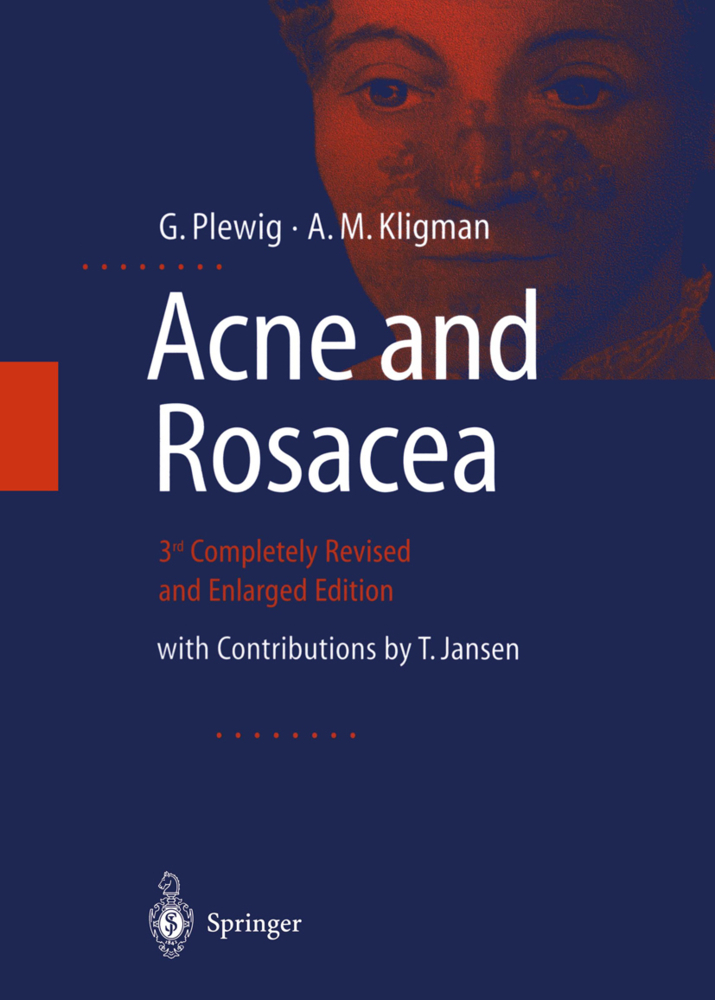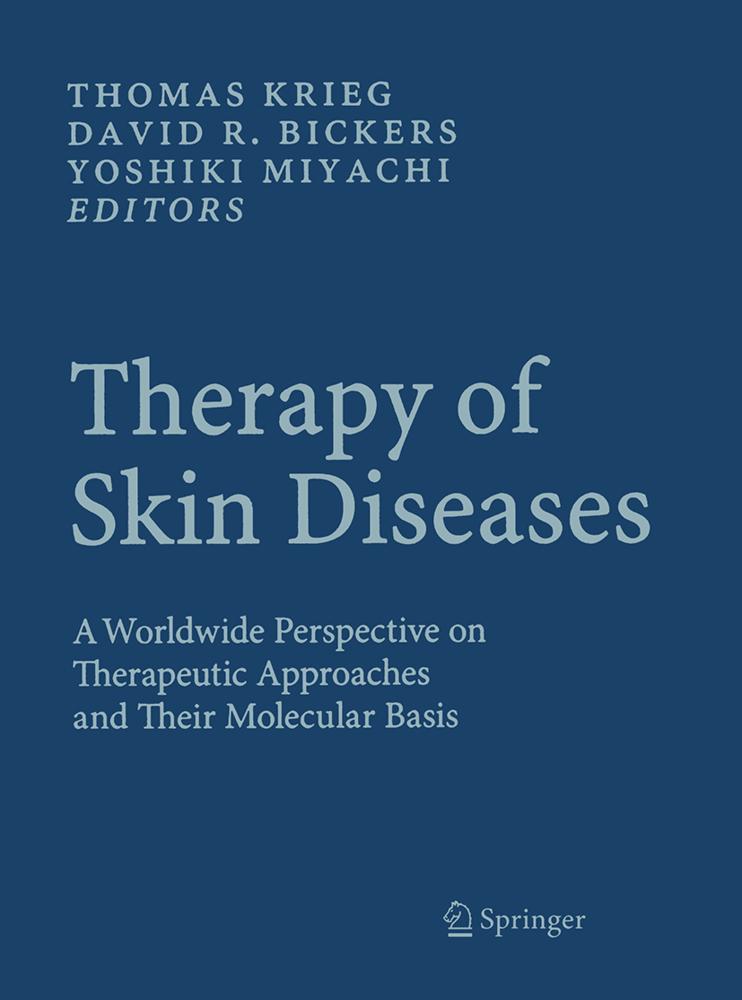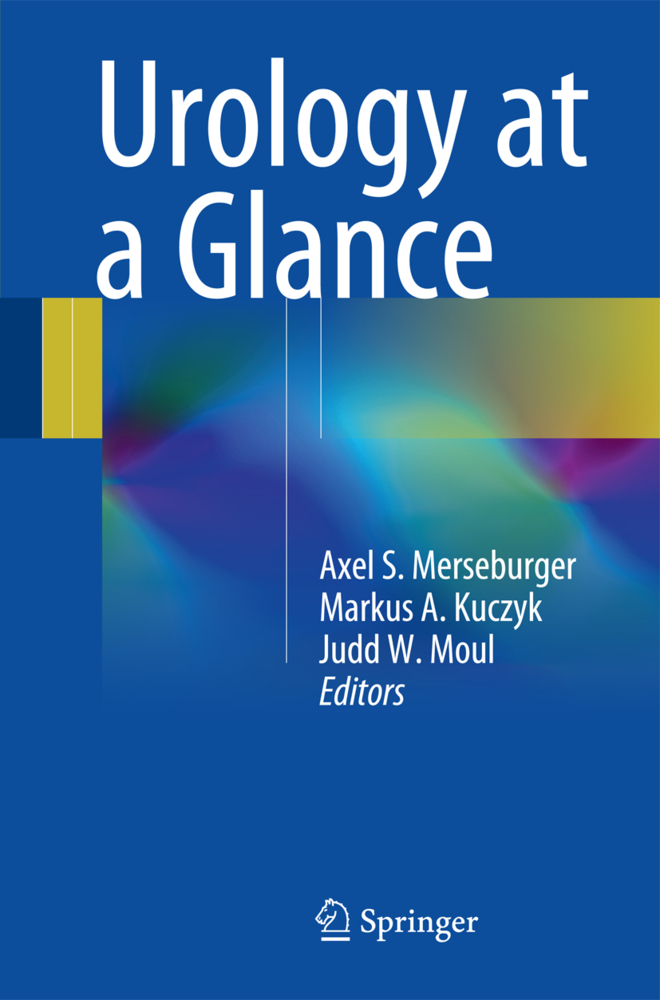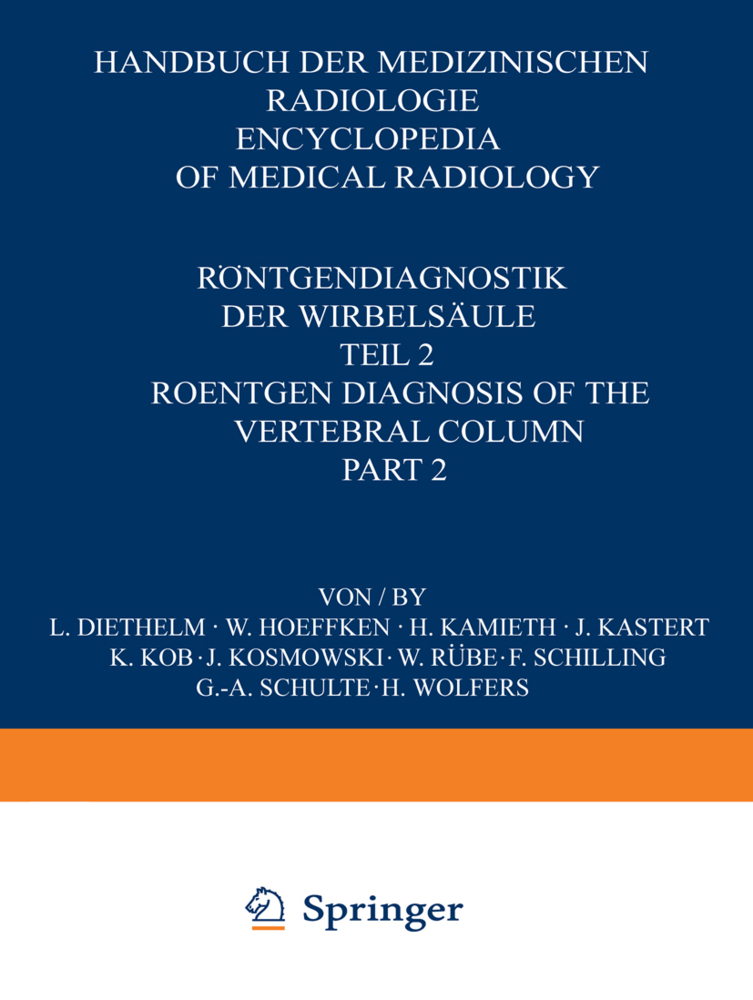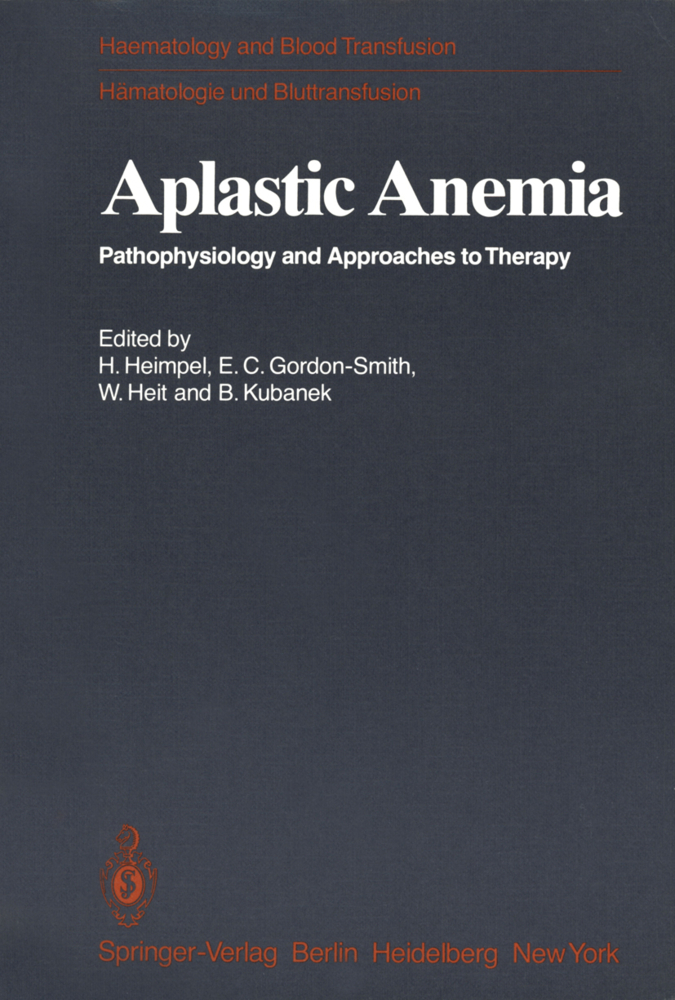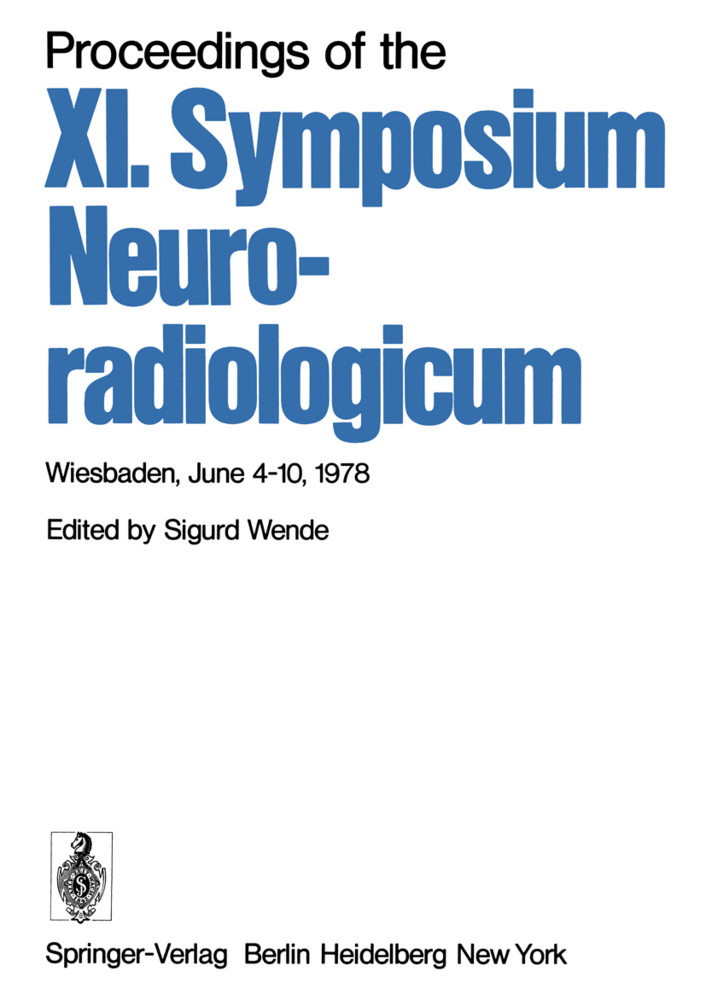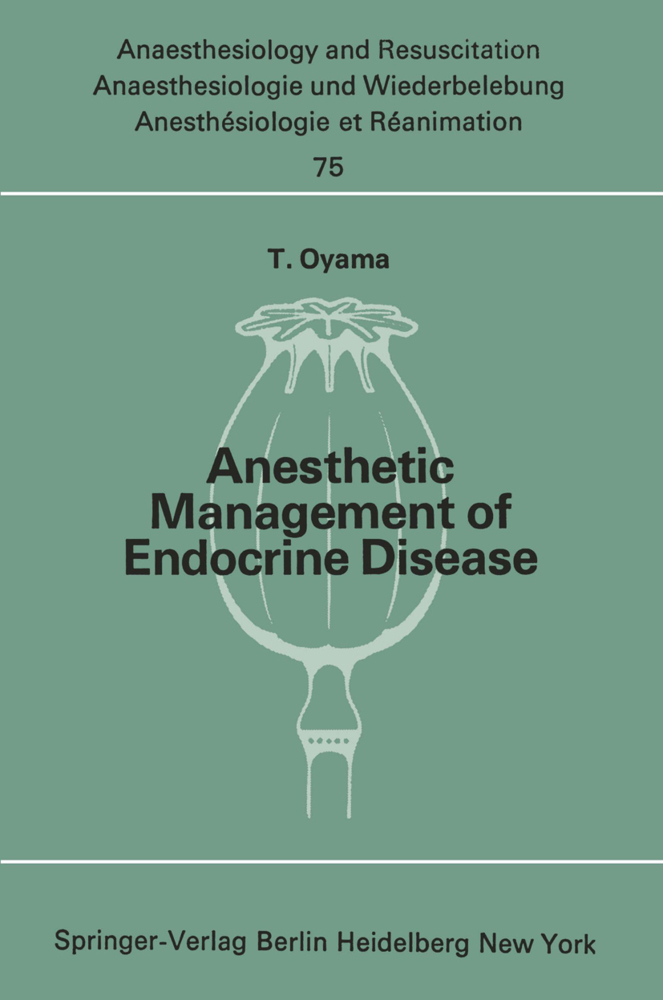ACNE and ROSACEA
ACNE and ROSACEA
Twenty-five years have elapsed since the first publication of this book. The growth of basic knowledge since then has been both enormous and momentous. This has been a joyous enterprise for us. Our ability to treat acne and rosacea ef fectively has outpaced the vastly expanded understanding of their etiologies. Acne today is not only an eminently treatable disease; in some cases, for exam is actually curable. We think that no case is so severe as to pIe acne conglobata, it be beyond help with the array of diverse drugs now available. Treatment failure is really physician failure. Prevention of acne in high-risk children has also be come a promising possibility, now that it is possible to identify small comedones in prepuberty, as early as the age of 7 years. Topical comedolytic agents such as retinoids prescribed at the incipient stage might then prevent the evolution of the full-fledged disorder. This therapeutic maneuver could prevent the dreaded sequel of scarring. We adhere firmly to the beliefs expressed in 1975 regarding our mission. This text is dedicated to the dermatologists and other practitioners who must diagnose and treat these disfiguring, remarkably protean, common disorders.
Acne
Etiology, Pathophysiology, and Nosology of Acne
Prevalence
A Precis of Pathogenesis
Anatomy of Follicles
Epidermal Lipids
Sebaceous Glands
Micro-organisms
Endocrinology of Acne
The Evolution of the Comedo
Dynamics of Primary Comedo Formation
Dynamics of Secondary Comedo Formation
Dynamics of Inflammation
Inflammatory Lesions and Sequels
Scope of Scars
Classification of Acne
Models of Acne
Acne in Animals: Canine and Feline Acne
Animal Models
Human Sebocyte Cultures
The Acnes
Acne in Childhood
Acne in Puberty and Adulthood
Acne Comedonica (Comedonal Acne)
Acne Papulopustulosa (Papulopustular Acne)
Acne Conglobata
Acne Inversa
Acne Fulminans
SAPHO Syndrome
Solid Facial Persistent Edema in Acne
Acne Mechanica
Back Acne
Acne Tropicalis (Tropical Acne)
Postadolescent Acne in Women
Premenstrual Acne
Perimenopausal and Postmenopausal Acne
Polycystic Ovary Syndrome and SAHA Syndrome
Congenital Adrenal Hyperplasia
Cushing Syndrome
Androgen Excess
Excoriations
Acne Venenata
Chloracne
Solar Comedones (Favre-Racouchot Disease)
Acne Aestivalis (Mallorca Acne)
Radiation-induced Comedones
Genetic Syndromes Associated with Acne or Acne-like Disorders
PAPA Syndrome
Ectrodactyly, Soft-tissue Syndactyly, and Nodulocystic Acne
Apert Syndrome
Familial Dyskeratotic Comedones
Haber Syndrome
Acne-free Nevus and Clonal Acne
Atrophodermia Vermiculata
Acneiform Diseases
Acneiform Eruptions
Steroid Acne
Amineptine Acne
Ecstasy Pimples
Rosacea
Rosacea
Prevalence
Etiology and Pathogenesis
Clinical Findings
Histopathology
Laboratory Findings
Differential Diagnosis
Treatment
Acne-like Disorders
Perioral Dermatitis
Demodex folliculorum
Gram-negative Folliculitis
Necrotizing Lymphocytic Folliculitis (Acne Necrotica)
Sebaceous Gland Hyperplasia
Steatocystoma Multiplex
Steatocystoma Simplex
Eruptive Vellus Hair Cysts
Nevus Comedonicus
Dilated Pore
Pilar Sheath Acanthoma
Omphalolith: The Ugly Navel Stone
Keratosis Pilaris
Pseudofolliculitis Barbae
Osteoma Cutis
Minocycline-induced Hyperpigmentation
Treatment of Acne
History of Therapy: Post, Present and Future
Strategic Approaches to the Treatment of Acne
Topical Treatment
Systemic Treatment
Physical Therapy
Miscellaneous
X-Ray Therapy: A Historical Note
Dermabrasion
Excision
Punch-Graft Elevation or Punch-Graft Transplant
Dermal Filler Substances: Collagen
Camouflage
Psychosocial Aspects of Acne
Spontaneous Involution of Acne.
History of Acne and Rosacea Acne
History of Acne and Rosacea AcneAcne
Etiology, Pathophysiology, and Nosology of Acne
Prevalence
A Precis of Pathogenesis
Anatomy of Follicles
Epidermal Lipids
Sebaceous Glands
Micro-organisms
Endocrinology of Acne
The Evolution of the Comedo
Dynamics of Primary Comedo Formation
Dynamics of Secondary Comedo Formation
Dynamics of Inflammation
Inflammatory Lesions and Sequels
Scope of Scars
Classification of Acne
Models of Acne
Acne in Animals: Canine and Feline Acne
Animal Models
Human Sebocyte Cultures
The Acnes
Acne in Childhood
Acne in Puberty and Adulthood
Acne Comedonica (Comedonal Acne)
Acne Papulopustulosa (Papulopustular Acne)
Acne Conglobata
Acne Inversa
Acne Fulminans
SAPHO Syndrome
Solid Facial Persistent Edema in Acne
Acne Mechanica
Back Acne
Acne Tropicalis (Tropical Acne)
Postadolescent Acne in Women
Premenstrual Acne
Perimenopausal and Postmenopausal Acne
Polycystic Ovary Syndrome and SAHA Syndrome
Congenital Adrenal Hyperplasia
Cushing Syndrome
Androgen Excess
Excoriations
Acne Venenata
Chloracne
Solar Comedones (Favre-Racouchot Disease)
Acne Aestivalis (Mallorca Acne)
Radiation-induced Comedones
Genetic Syndromes Associated with Acne or Acne-like Disorders
PAPA Syndrome
Ectrodactyly, Soft-tissue Syndactyly, and Nodulocystic Acne
Apert Syndrome
Familial Dyskeratotic Comedones
Haber Syndrome
Acne-free Nevus and Clonal Acne
Atrophodermia Vermiculata
Acneiform Diseases
Acneiform Eruptions
Steroid Acne
Amineptine Acne
Ecstasy Pimples
Rosacea
Rosacea
Prevalence
Etiology and Pathogenesis
Clinical Findings
Histopathology
Laboratory Findings
Differential Diagnosis
Treatment
Acne-like Disorders
Perioral Dermatitis
Demodex folliculorum
Gram-negative Folliculitis
Necrotizing Lymphocytic Folliculitis (Acne Necrotica)
Sebaceous Gland Hyperplasia
Steatocystoma Multiplex
Steatocystoma Simplex
Eruptive Vellus Hair Cysts
Nevus Comedonicus
Dilated Pore
Pilar Sheath Acanthoma
Omphalolith: The Ugly Navel Stone
Keratosis Pilaris
Pseudofolliculitis Barbae
Osteoma Cutis
Minocycline-induced Hyperpigmentation
Treatment of Acne
History of Therapy: Post, Present and Future
Strategic Approaches to the Treatment of Acne
Topical Treatment
Systemic Treatment
Physical Therapy
Miscellaneous
X-Ray Therapy: A Historical Note
Dermabrasion
Excision
Punch-Graft Elevation or Punch-Graft Transplant
Dermal Filler Substances: Collagen
Camouflage
Psychosocial Aspects of Acne
Spontaneous Involution of Acne.
Plewig, G.
Kligman, A.M.
Jansen, T.
| ISBN | 978-3-642-64096-4 |
|---|---|
| Artikelnummer | 9783642640964 |
| Medientyp | Buch |
| Auflage | 3. Aufl. |
| Copyrightjahr | 2011 |
| Verlag | Springer, Berlin |
| Umfang | XIV, 744 Seiten |
| Abbildungen | XIV, 744 p. 578 illus., 547 illus. in color. |
| Sprache | Englisch |

